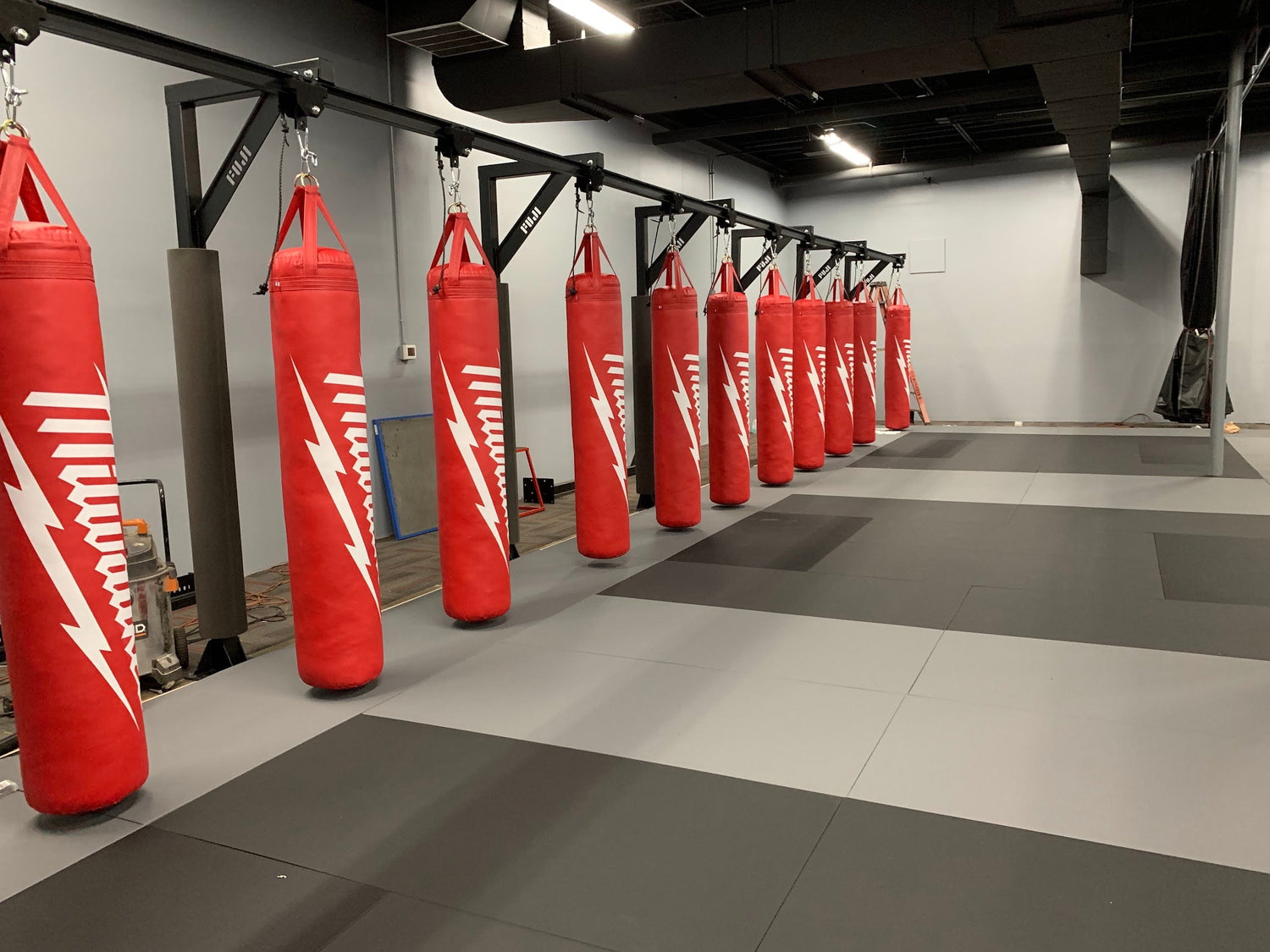
How to choose the right Heavy Bag?

When choosing a heavy bag, there are a few key factors to consider. First, determine the purpose of the bag. Will it be used for boxing, MMA, or general fitness? Next, consider the weight and size of the bag. Heavier bags provide more resistance but may be too challenging for beginners. Additionally, the material of the bag should be durable and able to withstand frequent use. Finally, consider the type of hanging mechanism and ensure it is compatible with your setup. By considering these factors, you can choose the right heavy bag for your needs and fitness goals.
What are the different types of Heavy Bags?
There are several types of heavy bags commonly used for martial arts and fitness training. The most popular types include the traditional 4ft Boxing Bags, 6ft Muay Thai Heavy Bags, Mushroom Heavy Bags, Tear Drop Heavy Bags, Hook and Uppercut Units, Free Standing Heavy Bags, Wrecking Ball Heavy Bags, the Speed Bag, and the double-end bag. The traditional heavy bag is the largest and heaviest of the three and is typically used for power training and developing striking techniques. The speed bag is smaller and lighter and is used for improving hand speed and coordination. The double-end bag is suspended from the ceiling and floor and is used for improving timing and accuracy. Other less common types of heavy bags include the uppercut bag, angled heavy bag, and even water-filled heavy bag.
Are Water Bags better than traditional Heavy Bags?
Water bags and traditional heavy bags have their own unique advantages. Water bags tend to be more flexible and easier on the joints, while traditional heavy bags provide a more stable surface for punching and kicking. Ultimately, the choice between the two will depend on personal preference and training goals. It may be helpful to try both types of bags and see which one feels more comfortable and effective for your individual needs.
Which is better a 4ft Heavy Bag or a 6ft Heavy Bag?
The better option between a 4ft and a 6ft heavy bag depends on your personal needs and preferences. A 4ft bag is generally better for practising faster punches, combinations, and footwork such as that of a Boxer, while a 6ft bag is better for practising power punches and kicks for athletes training in kickboxing, Muay Thai, MMA and other sticking arts. Consider your training goals, available space, and budget before making a decision. It's also important to make sure the bag is made of high-quality materials and is properly mounted to avoid injury.
To see the full lineup of the Fuji Mats Heavy Bags, visit our Heavy Bag page to see the entire range and see what best suits your needs.





